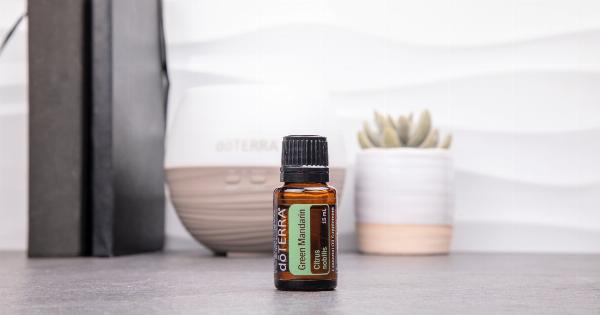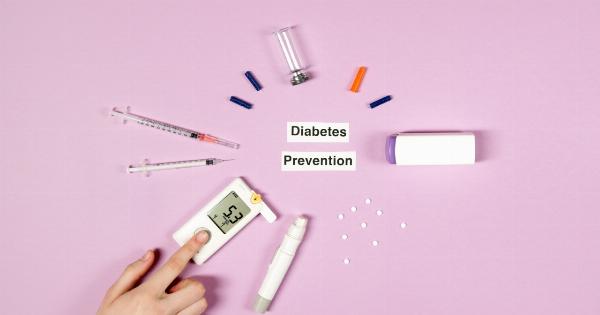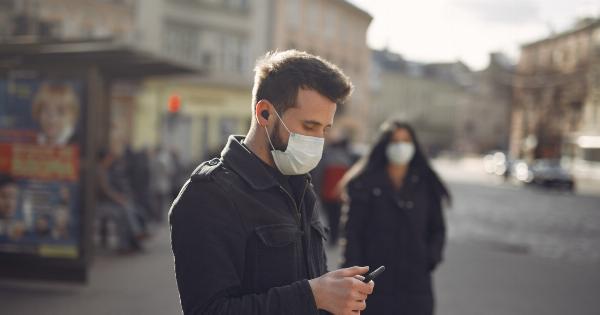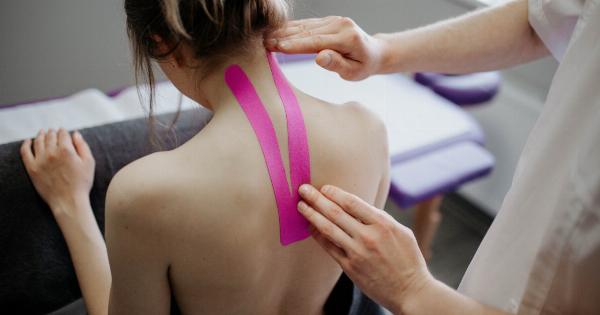Receiving a diagnosis of breast cancer can be overwhelming. Mastectomy is one of the treatment options, which involves the removal of one or both breasts. It is a life-changing decision that can leave a physical and emotional impact.
After the surgery, it’s essential to manage life post-mastectomy to ensure a healthy and fulfilling life.
Physical Recovery
The recovery period after mastectomy can vary from person to person, but it typically takes four to six weeks. During this period, it’s essential to get enough rest and follow the doctor’s instructions.
The following are some tips to ensure a successful recovery:.
- Take enough rest and avoid strenuous activities as it can put stress on the healing body.
- Wear loose-fitting and comfortable clothing that does not rub against the incision sites.
- Keep the area around the incision dry and clean to avoid the risk of infection.
- Do gentle exercises such as walking, stretching, and breathing exercises to improve circulation and overall health.
- Eat a well-balanced and nutritious diet to help heal the body.
Emotional Recovery
The impact of mastectomy can go beyond the physical body. Women may experience a range of emotions, including fear, anxiety, depression, and grief. The support of family, friends, and medical professionals can play an essential role in emotional recovery.
Here are some tips that can help:.
- Join a support group or reach out to a breast cancer survivor for advice and support.
- Express your feelings through writing, talking, or creative outlets such as art therapy.
- Consider seeking counseling or therapy to help deal with any emotional trauma associated with the experience.
- Practice self-care by engaging in activities such as meditation, yoga, or tai chi, which can improve mental health.
Post-Mastectomy Clothing
After a mastectomy, there may be some changes in the shape and size of the body. Choosing the right clothing can help a person feel more comfortable and confident. Here are some tips for post-mastectomy clothing:.
- Choose clothing that fits well and does not rub against the incision sites or scars.
- Look for tops with pockets or removable pads to help balance the appearance of the breasts.
- Consider wearing bras with pockets for prosthetic breasts or fillers.
- Choose tops with patterns or ruffles around the chest area to draw attention away from the chest.
- Experiment with different styles and colors to find what looks and feels best.
Prosthetic Devices
For some women, having a prosthetic device can help balance the appearance of their breasts and improve their confidence. A prosthetic device can be worn inside a bra or attached to the skin. Here are some options for prosthetic devices:.
- Silicone breast prostheses are the most common type of device that is made of silicone and comes in various shapes and sizes.
- Partial prostheses can be used to fill in the missing tissue after a lumpectomy or partial mastectomy.
- Custom-made prostheses can be designed to match the size, shape, and skin tone of the remaining breast.
- Adhesive prostheses can be attached directly to the chest wall through an adhesive lining and can be worn while swimming or during physical activities.
Sexuality and Intimacy
The impact of mastectomy on sexuality and intimacy can vary for each person.
It may take some time to adjust to the changes in the body, but there are several things that can help a woman feel more comfortable and confident in their intimate relationships:.
- Be open and honest with your partner about your feelings and concerns.
- Explore different positions or techniques that feel comfortable and enjoyable.
- Communicate your needs and boundaries with your partner.
- Consider using a lubricant to reduce any discomfort during intercourse.
- Remember that intimacy includes emotional connection, not just physical contact.
Alternative Treatments
In addition to traditional medical treatments, some women may choose to explore alternative or complementary therapies to manage the physical and emotional effects of mastectomy.
These therapies should only be used in conjunction with medical treatment and never in place of it. Here are some examples:.
- Acupuncture is a form of traditional Chinese medicine that involves placing needles in specific points on the body. Some studies suggest it may help manage pain and nausea associated with cancer treatment.
- Massage therapy can help reduce stress and muscle tension and promote relaxation.
- Mind-body therapies such as meditation, yoga, or tai chi can reduce stress and anxiety and improve mental health.
- Nutritional supplements such as omega-3 fatty acids, vitamin D, and probiotics may have immune-boosting effects and help manage side effects of cancer treatment.
- Aromatherapy may help reduce stress and anxiety and promote relaxation.
Regular Check-Ups
After mastectomy, it’s essential to follow up regularly with a healthcare provider. This can help ensure that any potential complications are caught early, and the person is receiving the appropriate medical care.
Here are some things to keep in mind:.
- Attend all follow-up appointments with your healthcare provider and inform them of any changes or concerns.
- Ask about any recommended screenings or tests for breast cancer recurrence.
- Discuss any health concerns or symptoms with your healthcare provider.
- Stay up to date with recommended cancer screenings and vaccinations.
Conclusion
Mastectomy is a life-changing decision that can leave a profound impact on a person’s physical and emotional health.
By incorporating self-care practices, choosing the right clothing and prosthetic devices, and following up with regular check-ups, individuals can manage life post-mastectomy successfully.






























